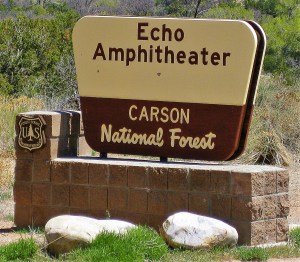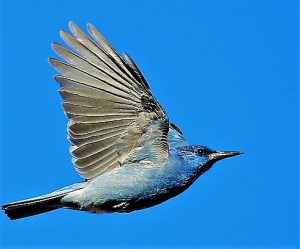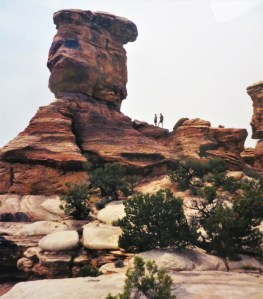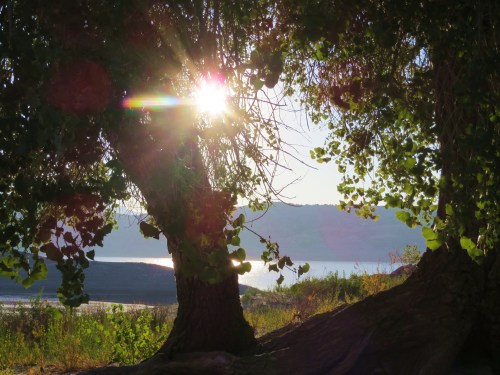“Perfect is overrated.” – Tina Fey

Burr Trail switchbacks through Waterpocket Fold on the back way to Capital Reef National Park.
Back when I was an environmental reporter for the Standard-Examiner in Ogden, Utah, there was an ongoing battle about what Southern Utah wilderness areas should be protected. One of the battle issues involved the Burr Trail that begins in the small, off-the-beaten-track town of Boulder. The four-wheel drive, mostly unpaved road takes adventurers through a spectacular landscape to Capital Reef National Park and/or Lake Powell’s Bullfrog Marina in the Glen Canyon National Recreation Area.

Hoodoos at sunrise in the Grand Staircase-Escalante National Monument.
I’ve driven the trail twice, once just for the sightseeing, then again with a photographer for a newspaper story shortly after the area was included as part of The Grand Staircase-Escalante National Monument that was designated by President Bill Clinton in 1996 – and more recently in 2020 reduced in size by the current man in charge at the White House.
Today, the first 30 miles of the 69-mile or so backroad is paved, which is more than when I traveled it.
I still remember those journeys vividly. Being away from all signs of human activity, surrounded by Mother Nature’s works untouched by development without even the mechanical hum of a refrigerator was soul renewing
I remember stopping at one breathtaking view and getting out of the vehicle to take it all in. It was one of those moments in my life when I felt I was exactly where I should be exactly when I should be.
Those moments have been rare, as I spent most of my life racing from one place to the next, hurrying to meet the expectations of both myself and others. I’ve met about half of those expectations, but until this season of my life never stopped to appreciate the outcomes.
While I don’t like the current social isolation so many of us are experiencing, I do like this quieter winter of my years. It has become the season for me to both learn new things, because I have time to read and study, and to make sense of my own history.
Each day I create a to-do list of more things I want to accomplish before day’s end than there are minutes and hours to accomplish. Thus, I have a starting point and a reason to wake up the next morning.
But when I first started this habit more than a half century ago, I actually expected to complete all the many listed tasks and heartily berated myself for failing. Foolish me!
Having accepted my limitations is why I copied the following quote by Dorothy Gillman in my journal when I came across it not too long ago while reading her memoir A New Kind of Country.
“… all of must grow inside or die, that it’s given to us to live, not on a straight line but a line that slants upwards, so that at the end, having begun at Point A, we may have reached, not Z, but certainly an ascension to I or J.”
I’m not sure I would have understood those words in my younger years. I guess it was the right time for me to read them. Just as the 1990s’ were the right time for me to drive the Burr Trail and explore the Grand Staircase – Escalante National Monument, which I hope still belongs to all Americans when our children’s children are old enough to appreciate public lands.
Bean Pat: To all the utility workers in Tucson who got our power back on after the wind storm this week, and to all the others out there who continue to work at risk to themselves during this coronavirus pandemic, and to all those out in public who wear masks to keep not just themselves but others safe.
Pat Bean is a retired journalist who lives in Tucson with her canine companion, Scamp. She is a wondering-wanderer, avid reader, enthusiastic birder, Lonely Planet Community Pathfinder, Story Circle Network board member, author of Travels with Maggie available on Amazon, and is always searching for life’s silver lining.
Read Full Post »































